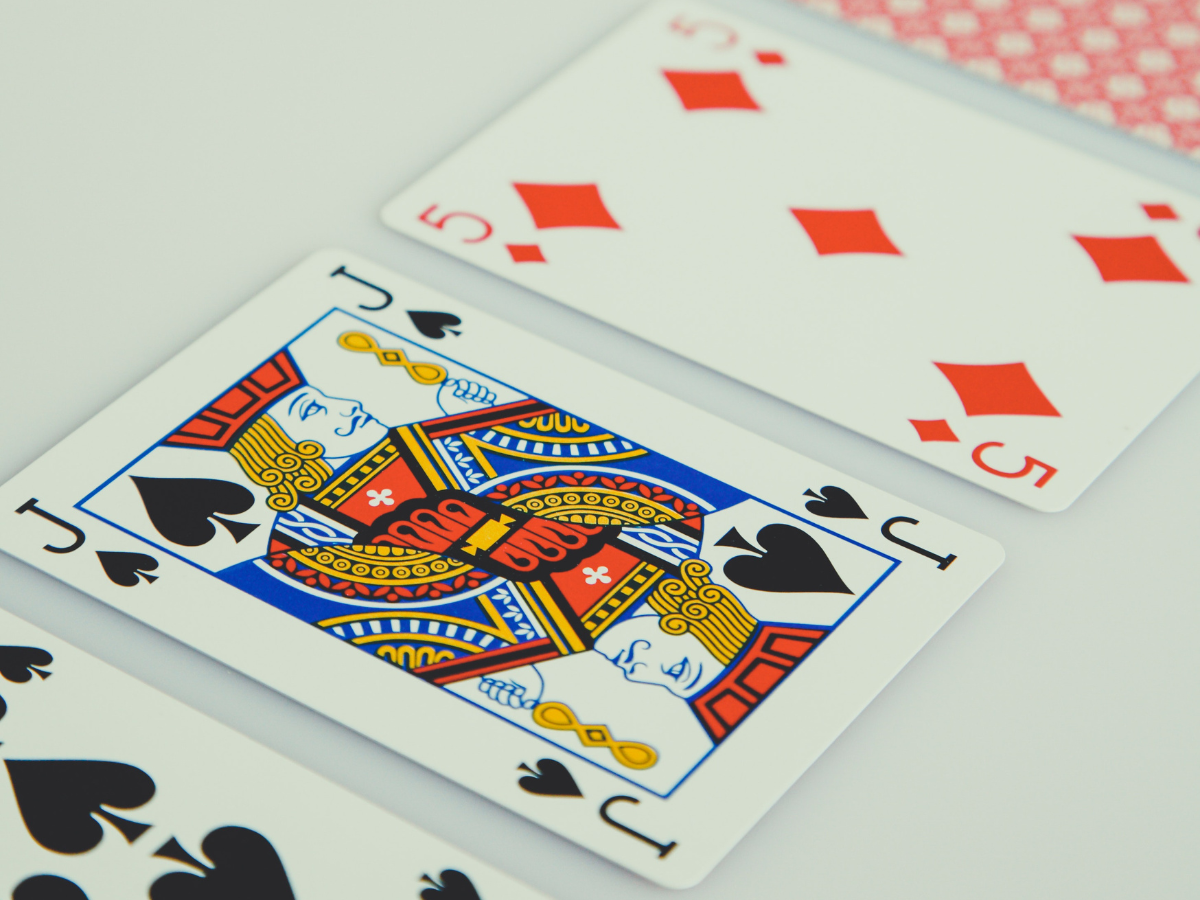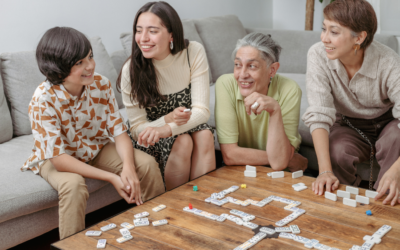Adults often support and encourage children to develop impulse control—a skill that allows them to pause, reflect, and consider consequences before acting. Parents, teachers, and coaches alike admire when children demonstrate self-control, particularly in challenging moments.
While adults strive to model this behavior consistently, there’s always room for growth and improvement in guiding children toward mastering this valuable skill. Here’s a focused approach to understanding your strengths and areas for growth, setting realistic expectations with students, and demonstrating effective impulse control to teach children this valuable skill.
Start with Self-Reflection
- Recognize Strengths and Weaknesses: Start by acknowledging your strengths and areas of improvement regarding impulse control. Reflecting on personal triggers, reactions, and coping mechanisms can provide valuable insights.
- Manage Expectations: Understanding that children’s impulse control develops at different rates can prevent unrealistic expectations. Recognizing age-appropriate behaviors helps to respond with patience and support rather than frustration.
- Lead by Example: Adults’ display of impulse control significantly influences children’s learning. Consistently demonstrating self-regulation, thoughtful decision-making, and emotional management sets a powerful example for children to emulate.
The brain finishes developing and maturing in the mid-to-late 20s. The part of the brain behind the forehead, called the prefrontal cortex, is one of the last parts to mature. This area is responsible for skills like planning, prioritizing, and making good decisions.
Techniques for Managing Self-Control
- Try deep breathing, meditation, or mindful listening to enhance self-awareness and regulate emotions effectively.
- Reflect on the impulsive reactions you may have had during the day. Try to understand how you could react differently next time or what triggers to avoid in the future.
- Establish clear boundaries and rules for yourself, such as limiting screen time or practicing active listening during conversations, to model self-discipline.
- Engage in activities that require patience and delayed rewards, such as saving money for a desired item or waiting to respond to emails instead of reacting immediately. Talk to your students about a goal you have and how you’ll be striving to achieve it over a period of time.

“Understanding impulse control in children is about recognizing that their brains are still developing and that self-regulation is a skill that requires guidance, patience, and consistent support.”
The Importance of Impulse Control for Students
Impulse control empowers children to navigate social situations, make thoughtful decisions, and manage their emotions effectively. When kids develop this skill, they can:
- Think Before Acting: They pause to consider the outcomes of their actions, fostering better decision-making.
- Regulate Emotions: They learn to manage frustrations and handle conflicts more constructively.
- Improve Relationships: With better self-control, they’re more likely to build positive relationships with peers and adults.
- Enhance Academic Performance: Improved focus and the ability to resist distractions lead to better learning outcomes.
Teaching Strategies for Adults
1. Model Self-Control
Children learn by example, so try to demonstrate patience, thoughtful decision-making, and calmness in challenging situations. It can be challenging in the moment, but if you can, involve children in practicing calming strategies with you. Deep breathing, counting to ten, or taking a break when feeling overwhelmed, allows them to see you managing your emotions effectively, and therefore prompts them to do so themselves.
Example: Students are talking over each other during discussion and becoming frustrated. To explicitly model self-control, you could express to the group that you are feeling overwhelmed, but instead of shouting out or letting your emotions take control, you paused and took a few deep breaths before addressing the group.
2. Use Positive Language
Encourage children with positive reinforcement when they demonstrate self-control, praising their efforts and reinforcing desired behaviors.
Example: A student was about to throw something at someone, but instead threw it on the floor or into the toy box. Even the smallest occurrence of self-control should be praised to promote more of the same positive behavior.
3. Encourage Problem-Solving Skills
Guide children in brainstorming solutions to challenges before they feel their emotions take over, fostering critical thinking and decision-making skills. Try role-playing scenarios to practice impulse control in different situations, helping children develop strategies for managing emotions and making thoughtful choices.
At WINGS, we use the Skill Builder Yes MESS to help students learn how to pause and ask themselves three questions before making a decision on what to do in a tricky situation. Try this technique with your students!
4. Consistency and Patience
Being consistent in your approach and patient with children’s progress will lead to more successful outcomes. Learning impulse control is a gradual process that requires ongoing support and guidance.
Activities for Students to Practice Skills
Try a few of these activities to help encourage self-management and responsible decision-making skills.
Double High Jack
Students practice managing their impulses during a fun card game.
Freeze
Students practice controlling themselves while having fun dancing.
Manage My Mummy
The group wraps someone in toilet paper to make a mummy as they think of appropriate reactions.
By prioritizing self-awareness, managing expectations, and modeling effective impulse control, adults can create a nurturing environment where children learn valuable skills for navigating emotions, making thoughtful decisions, and building positive relationships. Empowering adults to lead by example sets the foundation for children to develop lifelong habits of self-regulation and resilience.
Want to dive deeper into impulse control? Watch the 30 minute on-demand webinar Reacting vs. Responding and learn some tips and techniques to help manage emotions in high-stress situations.
















